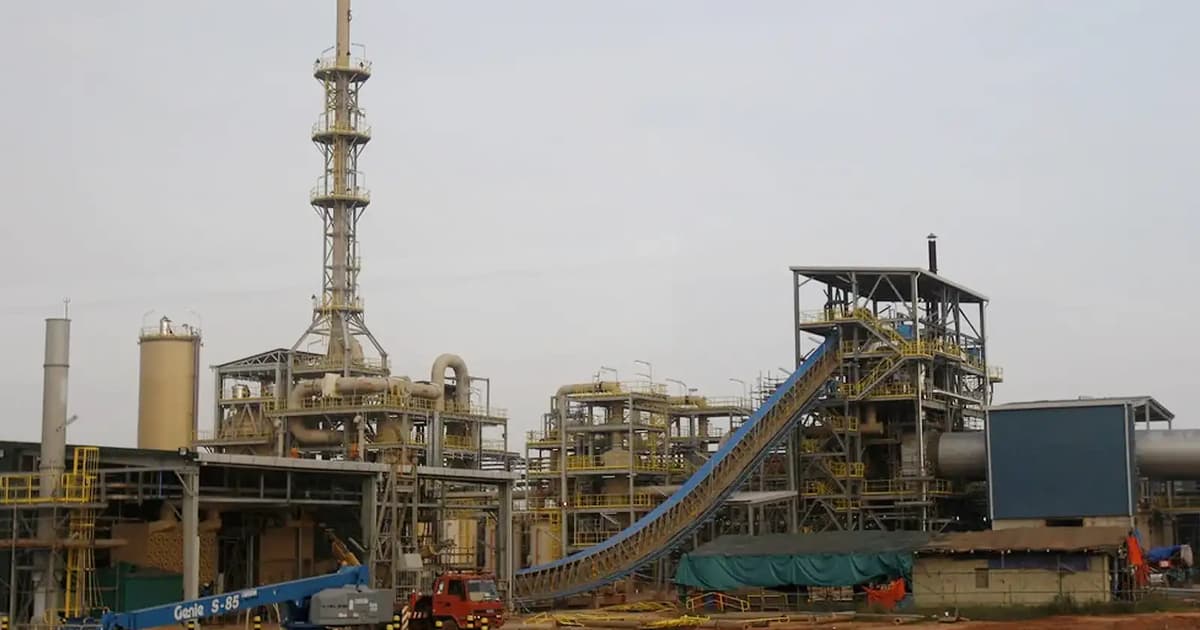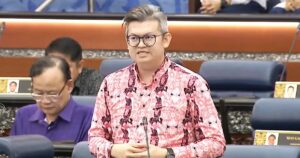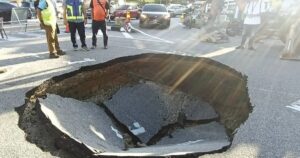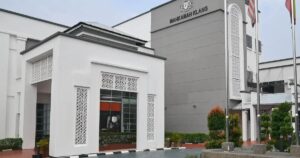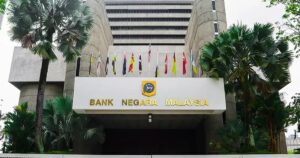
The construction of a permanent disposal facility (PDF) for Lynas Malaysia Sdn Bhd’s radioactive waste is 72% done and expected to be fully completed by the end of 2026.
Science, technology and innovation minister Chang Lih Kang said the progress was satisfactory, although slightly behind the original target of 82%.
“The PDF is being constructed in stages. So far, four cells, namely Cell A, Cell B, Cell C, and Cell D, have been completed. The process of filling these cells with water leach purification (WLP) waste is currently underway,” he said during the oral question-and-answer session in the Dewan Rakyat today.
Chang was responding to a supplementary question from Jamaludin Yahya (PN-Pasir Salak), who had asked about Lynas’s radioactive waste management strategy, including the need for a health impact assessment (HIA) and long-term mitigation measures.
He said a HIA for the community surrounding Lynas’s operations in Gebeng, Pahang, was not necessary at this stage as there had been no reports of increased health cases in the area.
“A HIA will be conducted if necessary. So far, we have not received any feedback from the health ministry indicating a need for one. There have been no relevant reports to date,” he said.
Responding to Jamaludin’s original question on compliance with international standards, Chang said Lynas was required to adhere to the radioactive waste management plan approved by the Department of Atomic Energy (JTA), which covers legal compliance, monitoring, and risk mitigation measures.
He said the JTA also conducted periodic inspections to ensure that Lynas’s operations complied with the Atomic Energy Licensing Act (Act 304) and the conditions of its licence, in addition to radiological monitoring within and outside the plant area.
“The monitoring results found no increase in radiation levels, and the radiation exposure data shows that it does not exceed one millisievert per year for the public and 20 millisieverts per year for workers,” he said.
To a supplementary question from Taufiq Johari (PH-Sungai Petani) on the government’s long-term plans to address radioactive waste storage issues, Chang said radioactive materials from other sectors such as medicine and research were managed by the Malaysian Nuclear Agency under strict regulations in accordance with International Atomic Energy Agency standards.
He said Malaysia currently has two PDFs: one in Lahat, Perak, with a capacity of 90,000 metric tonnes, and the other in Gebeng, Pahang, with a capacity of 1.6 million metric tonnes.
“With the establishment of the SES Fund (special fund to manage radioactive waste), we hope to manage radioactive waste more effectively and systematically,” he said.
